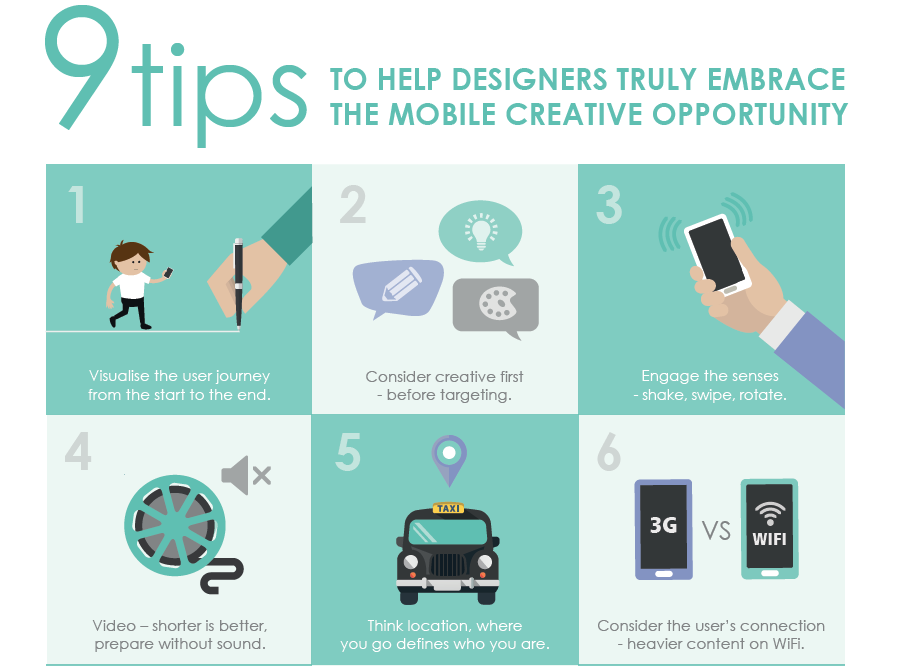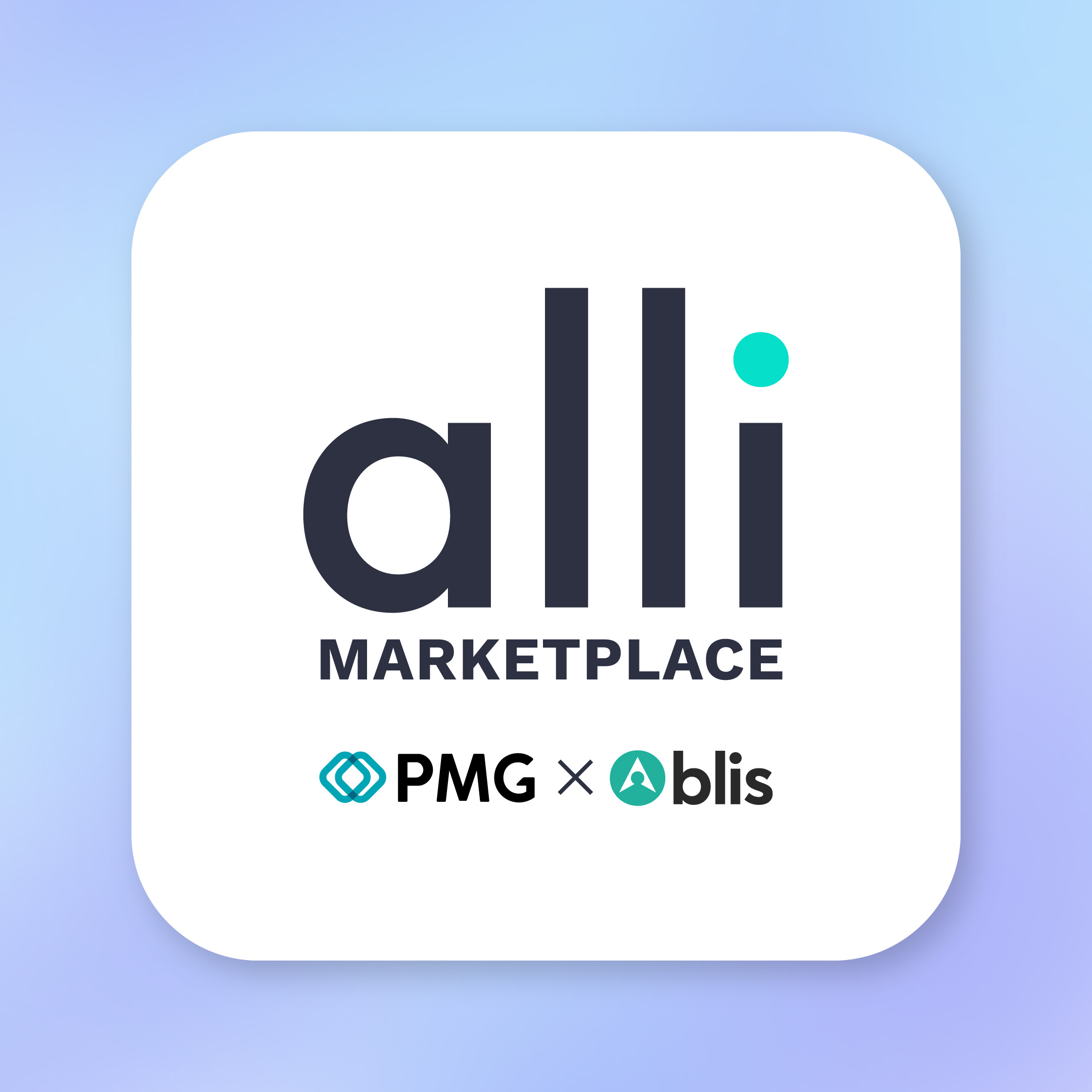
Back at the end of June, I attended the IAB UK’s Device Conference at London’s British Museum.
The event, based on the premise that a smaller screen doesn’t mean your adverts have to be more limited creatively, is a concept I strongly believe in.
The agenda for the day included the hot topics of the moment: relevancy of ads, future trends in the industry, and fraud. However the topic of interest for me was how to design ads which capture the user’s attention BUT without compromising the user experience. Despite the fact that it is a smaller device, you can still be creative!
Mobile is everywhere and will be the dominant digital media platform for at least the rest of the decade. Rapid innovations in mobile tech, along with the vast quantities of data available, have generated a wealth of audience insights that the savvy marketers are looking to harness for their mobile strategies.
There’s a ‘buzz’ around mobile that marketers can no longer afford to ignore. Yet despite all this knowledge, it is often the creative which lets the mobile plan/strategy down.
Here are my top tips for creating a high impact mobile creative:
- Visualise the user and their journey from the start to the end.
- Consider creative first (before targeting). Be dynamic for the specific audience profiles, taking advantage of data, formats and technology to create relevance.
- Engage the senses – sound, sight, touch – mobile offers alternative ways to interact – shake, swipe, rotate etc. Use them!
- Video – shorter is better. Focus on visual impact where sound might not be played, use end cards with a CTA for user to act on the ad after the video has completed.
- Remember that we move. Our devices follows every movement so use location. This is what sets it apart so be conscious of this when thinking of the user journey.
- Consider the weight of the creative. Use lighter creative in low dwell time environments and in locations where the internet connection is less reliable, such as an 3G/4G networks, and vice versa for heavier, more complex creatives.
- Mobile is unique, don’t treat it the same as your other advertising avenues. For example, it may seem like the easy option to resize desktop or OOH creative for mobile, but be proactive in reassessing the creative and go back to the client with your own mobile-specific recommendations.
- Don’t be afraid to keep it simple.
- Think mobile (hint: look at how you use your own device).
‘Bad creative’, including but not limited to poor quality images, disruptive formats and poorly executed user journeys, disrupt a user’s online experience which is fueling the rise in ad blocking – an increasingly worrying trend for the mobile marketer.
Keith Weed, CMO of Unilever believes quality of creative on mobile needs to improve to levels on TV and elsewhere, particularly as it’s now about 80 percent of what Unilever spends on Facebook – pretty much the leading mobile-first environment nowadays. He’s also pushing a “mobile first” approach in the advertising market that includes telling media companies they won’t get meetings with him if they’re not talking about mobile opportunities: “No mobile, no meeting!”
Ironically during the coffee break at the IAB event, my pal was browsing on his phone, when he sighed exasperatedly, “Look at this…”, before showing me an adhesive MPU (Mid-Page Unit) that was covering over half the content on his screen with no option to remove it.
Like me, he works in mobile advertising so it was bemusing to hear him complain about the very industry that we both contribute to! His experience clearly illustrates why audiences are opting to use ad blockers. Why would anyone want to be bombarded with irrelevant, irritating and low quality ads? In that moment I too felt tempted to follow the 10 percent of the online community who have felt compelled to install ad blocking technology on their devices. But of course I didn’t!
Mobile devices have gone far beyond being luxury items. They have become a necessity in people’s daily lives because they are now so much more than just a phone; they are cameras, radios, computers, a wallet, mp3 players and more. As such, mobile is our most personal and interactive device – two aspects that can be leveraged to create highly effective media that capture the audience’s imagination.
It is time we – the agencies, media owners and publishers – took a more collaborative approach and truly embrace the mobile creative opportunity! It is a balancing act. The IAB found that 78 percent of users accept the concept of an ad funded free internet so let’s make sure that we create an experience that is relevant and engaging for them. It may be a small screen but it’s a big opportunity if executed right.
Look out for future blog posts on creativity in this series!



